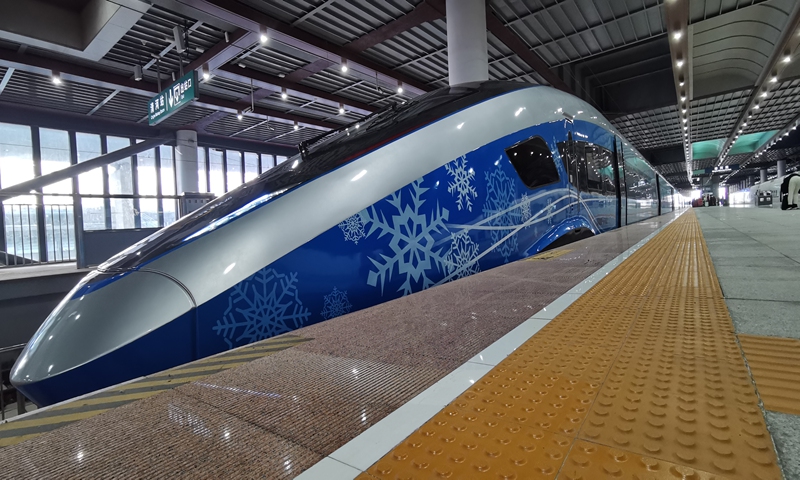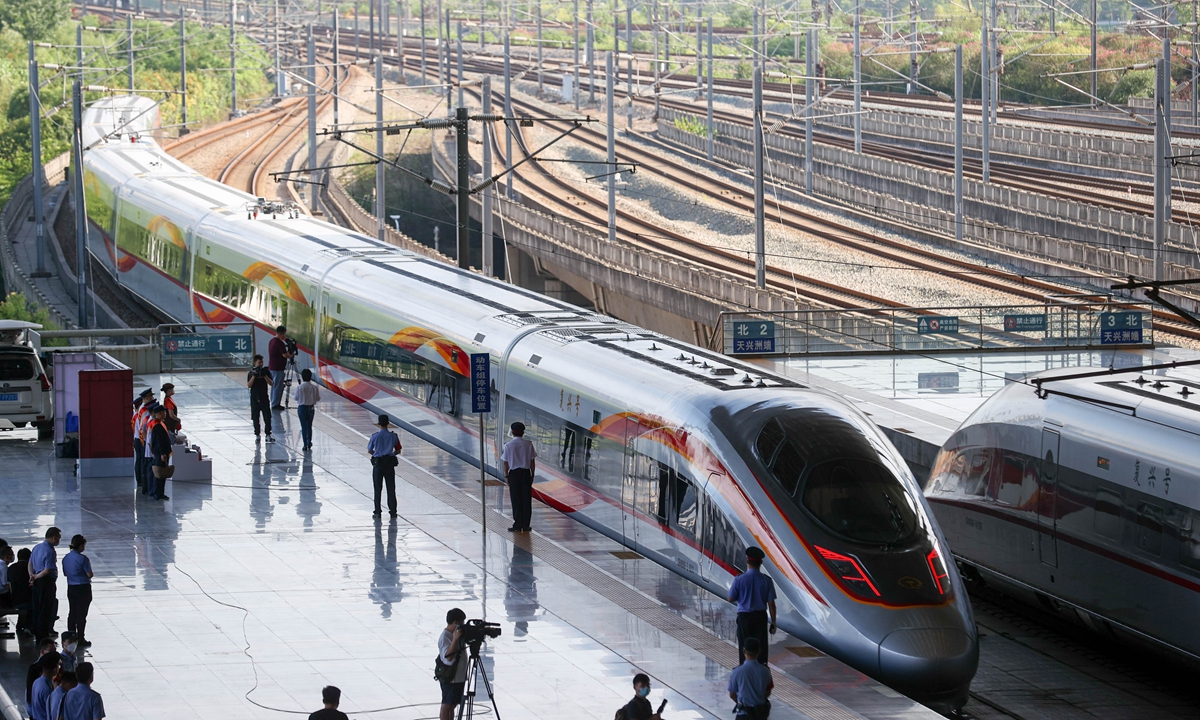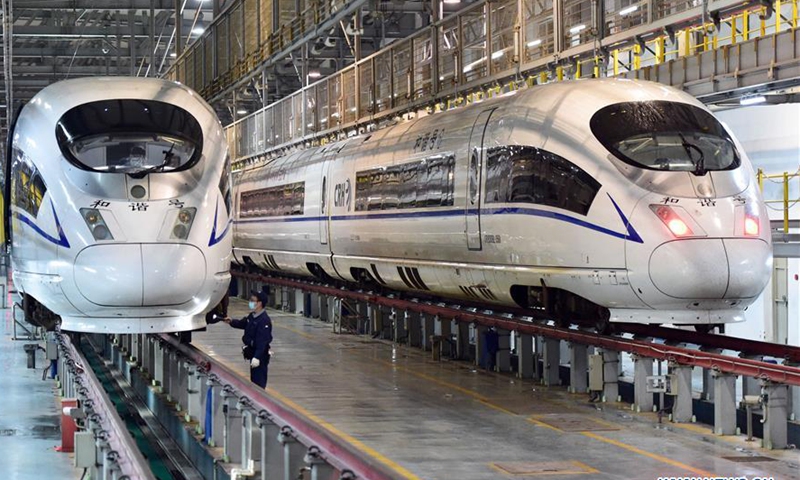A Whopping $900B Debt – China’s Once-Profitable High-Speed Railways Now Heading towards a Trillion Dollar Disaster

The long-distance high-speed rail system (HSR) in China is praised as the cornerstone of its efforts to revive the nation’s coronavirus-affected economy. The government wants to increase the size of the most extensive high-speed rail system in the world.
China’s high-speed rail network connected 93% of the nation’s cities with a population of over 500,000 people in 2021 after travelling 40,000 kilometers. By 2025, the country wants to have a 50,000 km high-speed rail network.
According to Asia Nikkei, the state-run operator’s overall liabilities as of the end of 2021 reached 5.91 trillion yuan ($882 billion), or about 5% of China’s GDP. It appears that this aggressive push to enjoy the lucrative economic benefits of HSR has raised these liabilities.
Since the sum is expected to rise, worries about China’s “hidden debt” take precedence over the nation’s economic position. On June 20, a cutting-edge express train operated by China Railway started running on a section of the Beijing-Guangzhou High-Speed Railway.
With an operating speed of 350 kph—40 kph faster than its predecessors—the train outperforms Japan’s two fastest shinkansen bullet trains, the Hayabusa and Komachi.
It plans to reach 70,000 kilometres by 2035, an increase of nearly 70% from 2021, after reaching a network of 50,000 kilometres by 2025. Regional governments fighting for new projects to bring in jobs and support connected businesses are what’s causing the rapid expansion.
China’s “Hidden Debt”
Priorities have been placed on growing the HSR network over worries about debt and profitability. The impacts of a debt trap brought on by the huge borrowing by provincial governments in recent years to monetize their HSR lines are being felt by the state-owned China Rail Corporation (CRC).
According to Zhao Jian, a professor at Beijing Jiaotong University, “The government emphasises economic growth and doesn’t care about debt repayment, although each kilometre of railway costs 120 million to 130 million yuan to build.”
As a result, an expansion of 30,000 kilometres will cost around 3.6 trillion yuan. To cover the expenses, China Railway issues bonds to state-owned banks and brokerages. On May 31, the Chinese government unveiled a number of stimulus programs to support the nation’s coronavirus-affected economy.
It includes allowing China Railway to issue extra bonds for the development of railroads totaling 300 billion yuan. In effect, this “hidden debt” gives the government the ability to borrow money without raising the overall national debt. In 2021, China Railway’s total liabilities climbed by 4% to 5.91 trillion yuan.
Dhaval Desai, Senior Fellow and Vice President of ORF Mumbai, observed that the cost of developing a HSR is roughly three times higher than that of a conventional train line. Due to the absence of freight tariffs, the operation’s capacity to break even depends heavily on passenger tickets to pay for the necessary operating and capital expenses. The construction of conventional systems has been neglected in China due to its obsession with HSR, which has negatively impacted the logistics mix balance of the nation.
Is Freight Service The Solution?
China’s railways suffered a net loss of 49.8 billion yuan in 2021. The railway will have a difficult time repaying those obligations given these significant losses. The Nikkei said, “Amidst a wave of COVID-19 infections, its passenger numbers remained slow in January-March, down 29 percent from pre-pandemic levels at 2.53 billion last year.”
China Railway inaugurated the brand-new Huanggang-Huangmei high-speed train link on April 22. “Only a few dozen locals ride it every day,” a resident close to one of its stations told Nikkei, adding that the link has failed to bring new hotels and other businesses to the primarily agricultural area.
China’s State Council, the highest organ of state power, issued a warning in March 2021, advising investors to cut back on HSR spending to prevent becoming further caught in a debt cycle.
The construction of new HSR corridors has been put on hold by the new restrictions, especially for underutilized routes that are operating at less than 80% of their permitted capacity. The published regulations demonstrate how expensive China’s pursuit of a high-speed rail system has been for the country.
China’s Railways’ chairman, Chairman Lu Dongfu, also declared last year that the company will manage its debt and keep an eye on investment returns to lower risk. Freight service is the cornerstone of this strategy. The company ran 8.9 times as many freight trains to Europe in 2021 as compared to 2016 and 22% more freight trains.
Last year, the group’s overall revenue from the freight business was 435.9 billion yuan, compared to the passenger service’s 302.1 billion yuan. To attract investment from the private sector, China Railway has listed a number of its companies since 2020. China Railway, a significant state-owned company, won’t be impacted by a tiny amount of private funding.




